Electric vehicles (EVs) are reshaping how we think about driving, especially when it comes to charging. But with all the options available, it's natural to wonder, “Can I just plug into any charger?” This guide unpacks the essentials—covering everything from basic home chargers to high-powered fast stations. We'll clear up compatibility questions, offer practical safety tips, and compare the costs so you can feel confident in your charging choices. By the end, you’ll know exactly how to pick the right charger, keeping your EV running smoothly and efficiently every time.
What Types of EV Chargers Are Available?
Electric vehicle chargers come in several types, each suited to different charging needs. Knowing the basics of these options helps ensure you’re making the best choice for your EV.
-
Home Charging (Level 1): Level 1 chargers are the simplest option, plugging into a standard household outlet. They offer slower charging speeds, making them suitable for overnight charging or for drivers with shorter daily commutes.
-
Home Charging (Level 2): Level 2 chargers provide faster charging and require a 240-volt outlet. While there may be installation costs, this option saves significant time, especially helpful for drivers covering more daily miles.
-
Public Charging (Level 2): Similar to home Level 2 chargers, these are commonly available in shopping areas or workplaces, allowing drivers to extend their range while out without waiting for a full charge.
-
DC Fast Charging Stations: The quickest option, DC fast chargers can power an EV from nearly empty to about 80% in roughly 30 minutes. However, they’re not compatible with all EVs, so it’s essential to check your vehicle’s specifications. These chargers are ideal for quick recharges during long trips and are often located along highways.
Can I Use Any Charger for My EV?
Selecting the right charger for your electric vehicle isn’t as simple as finding an available outlet. Each EV is designed with specific charging standards and connector types to ensure optimal performance, efficiency, and safety.

Chargers vary by power output and connector type, with some suited for home use and others for public fast-charging stations. In North America, the three main connector types are CCS, CHAdeMO, and Tesla’s proprietary connector, each requiring compatibility with the EV’s charging port. Tesla’s Supercharger network, for instance, is compatible only with Tesla vehicles, while most other EVs utilize the more universal CCS or CHAdeMO connectors. Ensuring that the charger aligns with your EV’s connector type is essential for a smooth and safe charging experience.
Beyond connectors, each vehicle has a specific charging standard and power limit that dictates the types of chargers it can safely use. DC fast chargers, found primarily at public stations, deliver high power for rapid recharging but are only compatible with certain EVs designed for high-speed charging. Using a charger that exceeds the vehicle’s recommended power level could lead to battery stress or long-term wear, impacting both performance and battery health.
Understanding these distinctions allows EV owners to choose chargers that not only align with their vehicle specifications but also help maintain the EV’s battery life and performance over time.
What Are the Risks of Using an Incompatible Charger?
Charging your EV with an incompatible charger impacts more than just efficiency. Each EV battery responds differently to charging power and current, so it’s essential to understand the specific risks that come with using the wrong charger.
Battery Health and Longevity
Using a charger that exceeds your EV’s power tolerance can put unnecessary stress on the battery. High-power chargers, especially DC fast chargers incompatible with your vehicle, can cause overheating. Over time, this thermal stress can damage the battery cells, reducing overall range and requiring early battery replacement.
Safety Concerns
Safety certifications, such as UL or CE, are essential for EV chargers. Chargers lacking these certifications may not include critical safety mechanisms, raising the risk of:
-
Electrical faults like short circuits
-
Power surges damaging the vehicle’s electronics
-
Overheating can lead to fires or other safety hazards
Certified chargers are rigorously tested to withstand typical and extreme conditions, offering a safer charging experience for both your EV and you.
Performance Impact
Incompatible chargers often lead to slower charging speeds, with the vehicle’s system limiting power intake to avoid damage. This can extend charging times and reduce the vehicle’s performance temporarily, especially if the battery management system detects a suboptimal power supply.
By choosing chargers recommended by the manufacturer and ensuring they carry the appropriate safety certifications, you can preserve battery health, avoid safety risks, and enjoy a reliable charging experience.
Does Charging at Home or in Public Affect Costs?
Charging your EV at home or in public can make a noticeable difference in both cost and convenience. Understanding these differences can help you choose the best option based on your driving habits, budget, and daily schedule.
Cost of Home Charging
Home charging is generally the most economical way to power up your EV, especially if you have access to off-peak electricity rates. Level 1 charging, which uses a standard household outlet, incurs minimal setup costs but charges slowly. Level 2 chargers require an initial installation fee for a dedicated 240-volt outlet, but they provide a faster, more efficient charging experience. Many EV owners find that the upfront cost of a Level 2 home charger is balanced by long-term savings, especially for daily charging needs.
Cost of Public Charging
Public chargers vary widely in pricing, with Level 2 chargers typically costing more than home charging but still manageable for occasional use. DC fast chargers, on the other hand, offer rapid charging but at a premium. These chargers are convenient for long trips or emergencies, but frequent use can add up quickly. Many public stations charge by the kilowatt-hour (kWh) or by the minute, so faster charging speeds often mean higher prices. For EV drivers on the road often, a public charging subscription or membership can provide discounts on these costs.
Convenience and Accessibility
-
Home Charging: The convenience of having a dedicated charger at home means your vehicle is ready to go whenever you need it. Home charging is especially beneficial for owners with a predictable routine or those who drive shorter daily distances.
-
Public Charging: While convenient for quick recharges, public chargers can present challenges, such as limited availability during peak hours, long wait times, and varying costs. However, they remain an essential option for long-distance travel or urban EV owners without access to home charging.
By weighing the costs and convenience of each charging option, you can decide which method best suits your lifestyle and maximize the savings and accessibility offered by each.
Conclusion
Choosing the right charger for your EV involves understanding compatibility, convenience, and costs. Following manufacturer recommendations ensures safe and efficient charging. If you’re a regular commuter with home access, a Level 2 charger provides speed and long-term savings. For those relying on public charges, seek local stations that fit your needs and budget.
With the right charger, your EV stays powered up safely and conveniently, enhancing your driving experience every time.

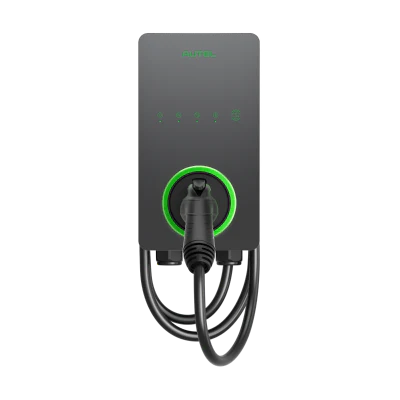
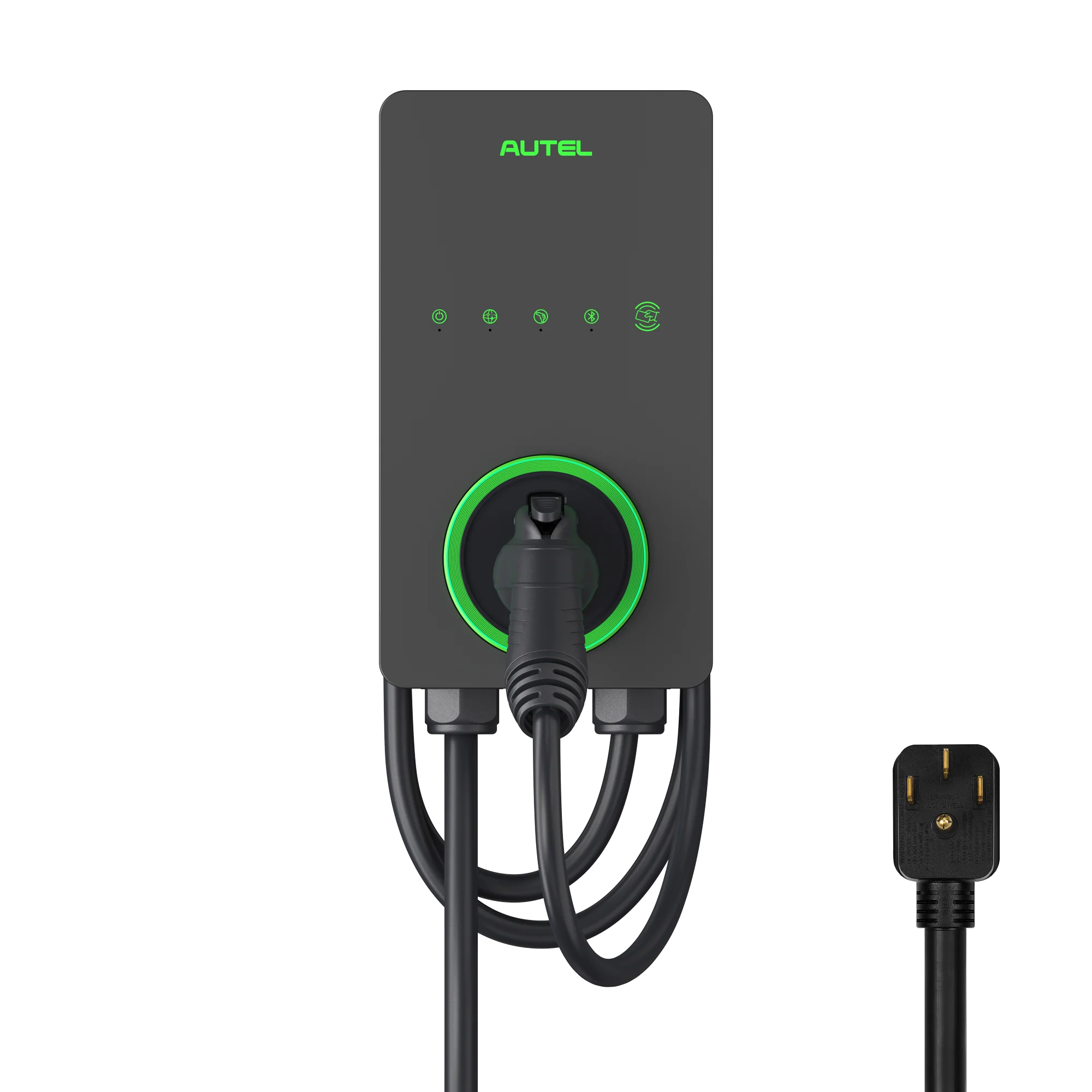
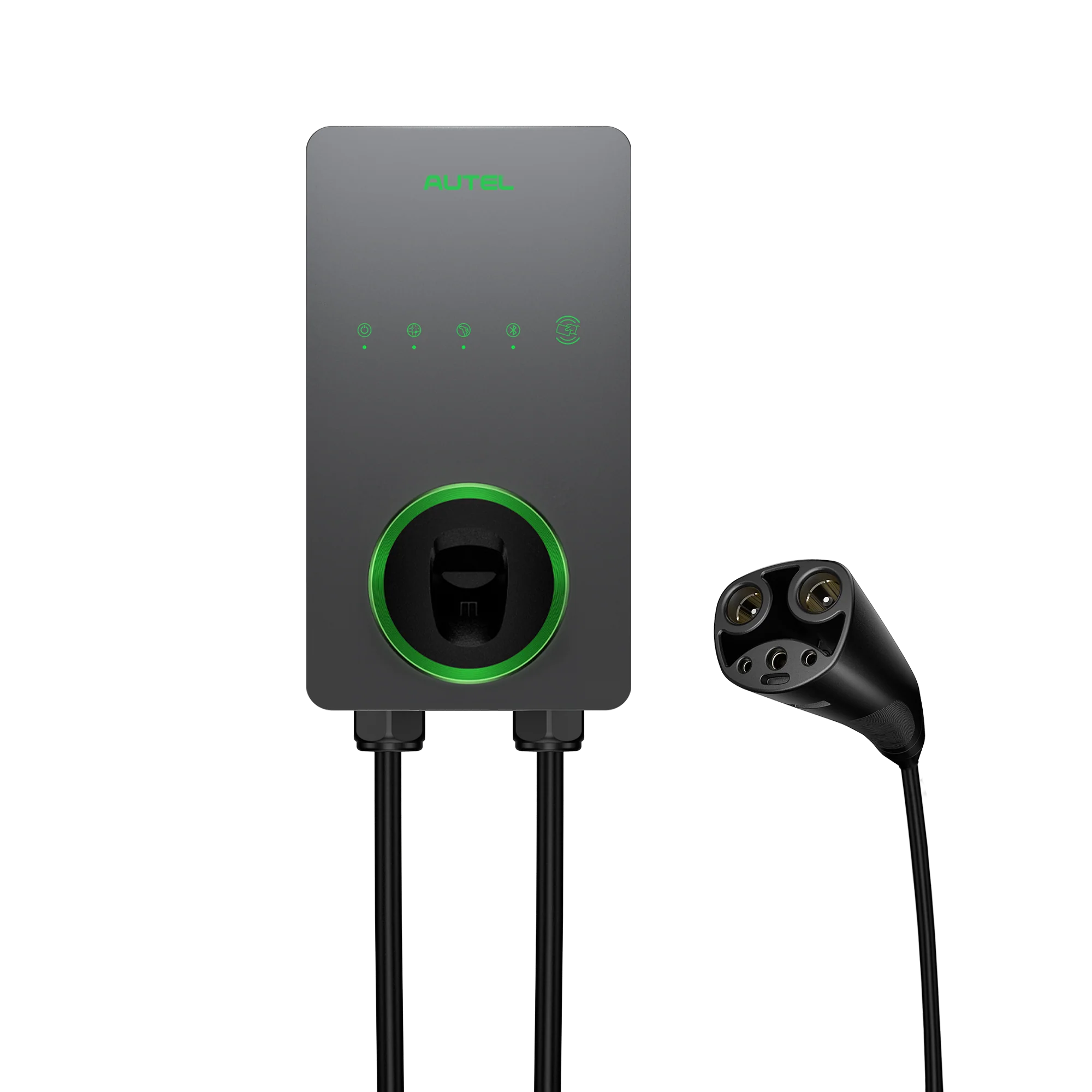
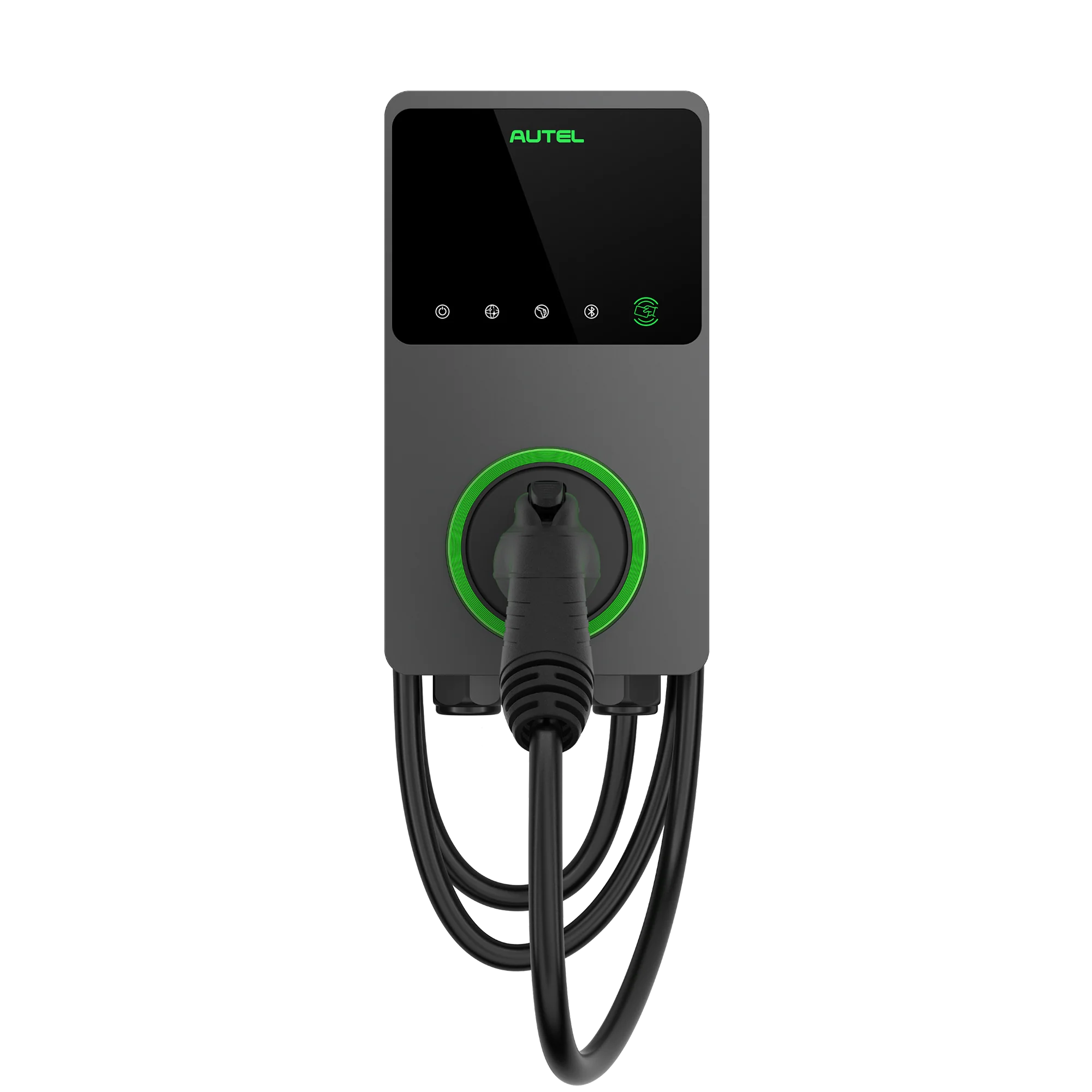
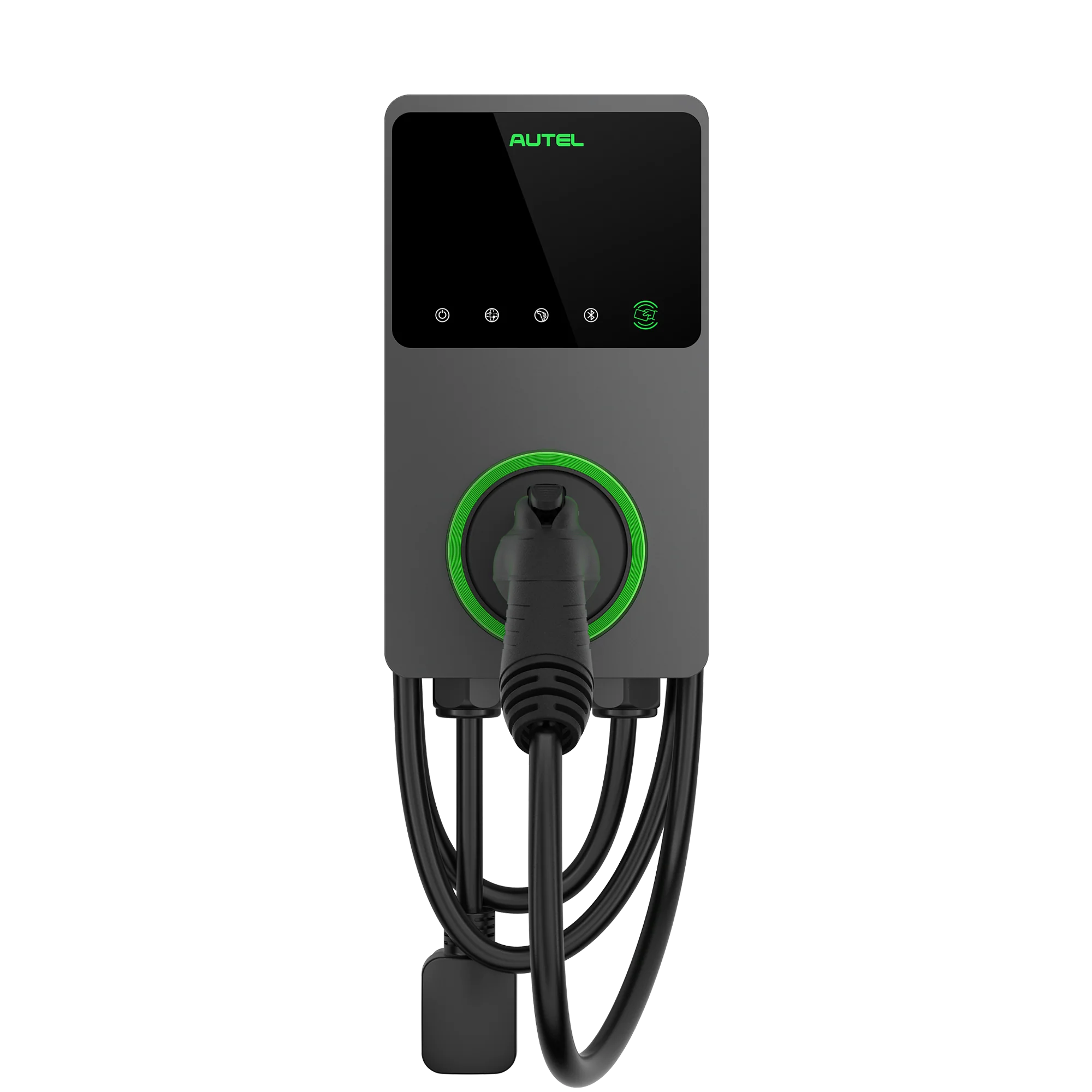
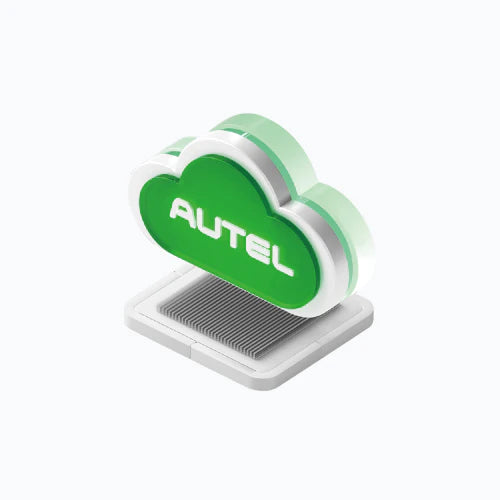
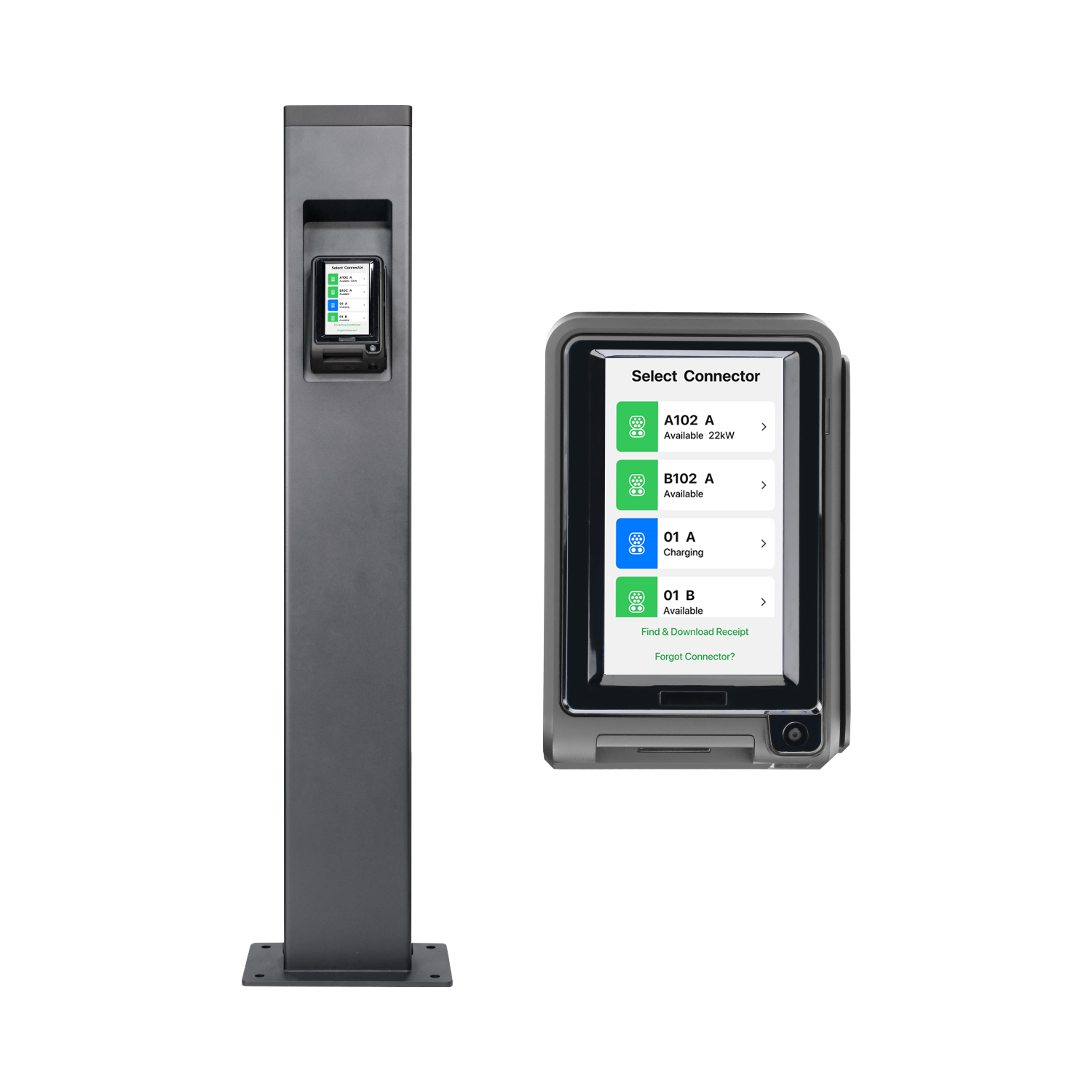
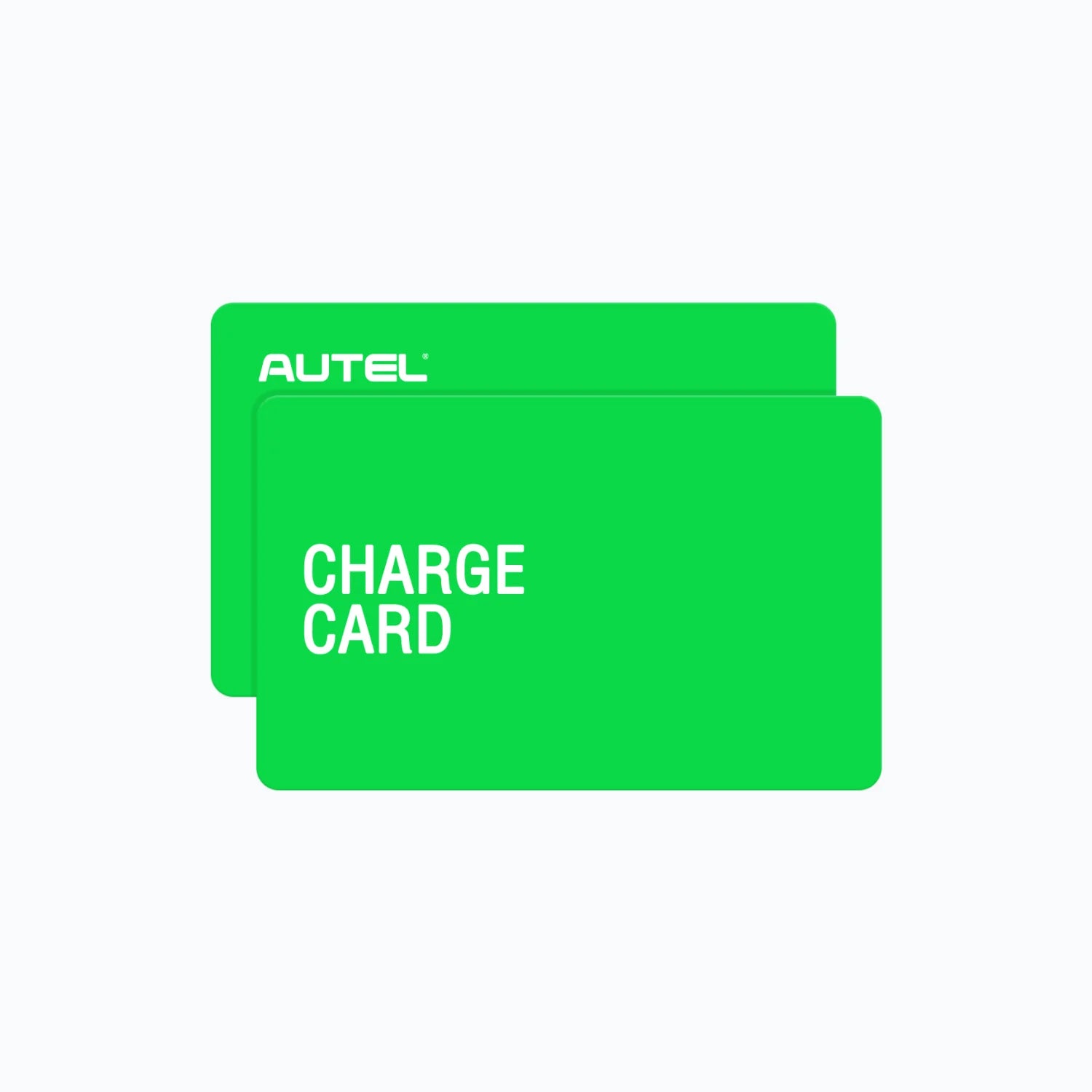
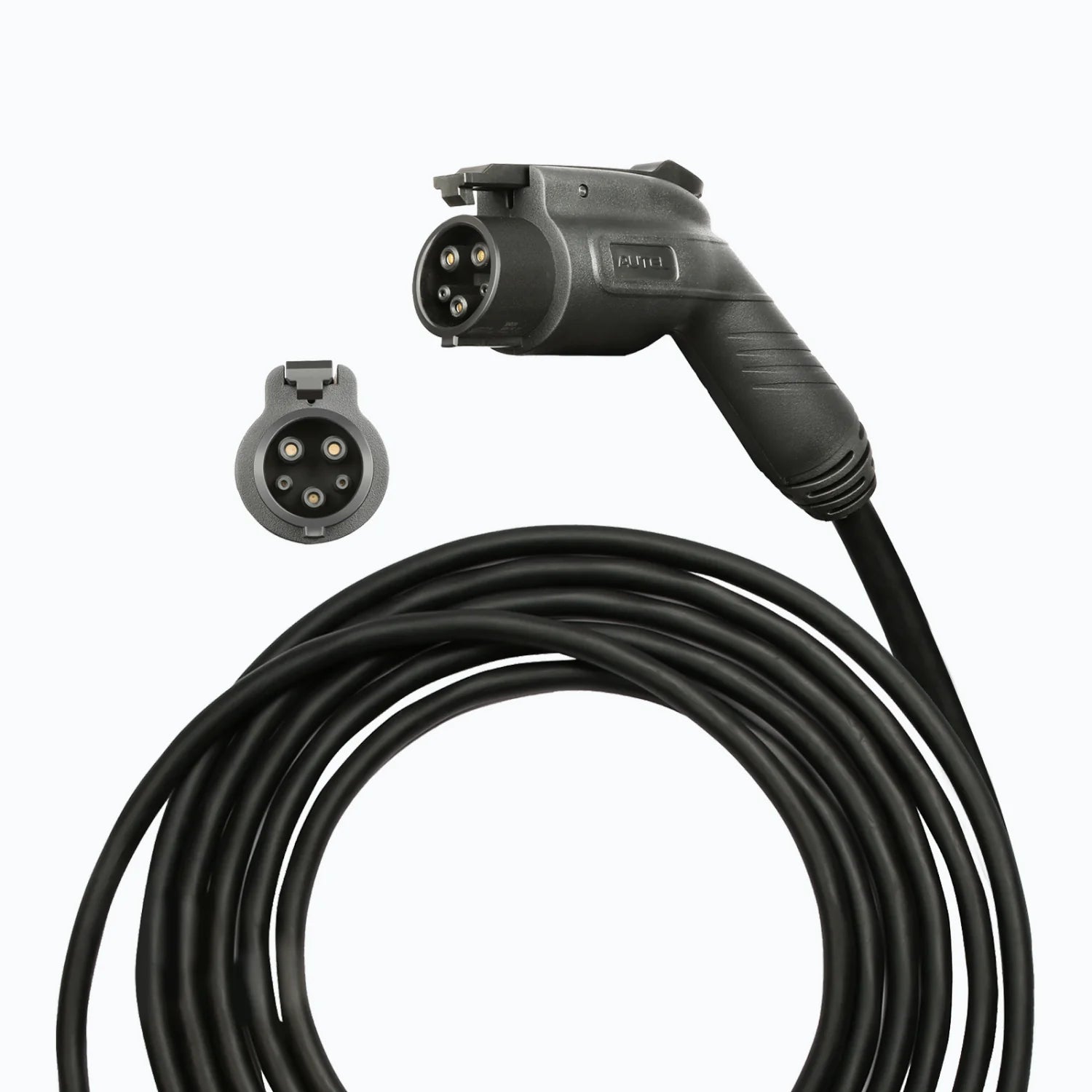
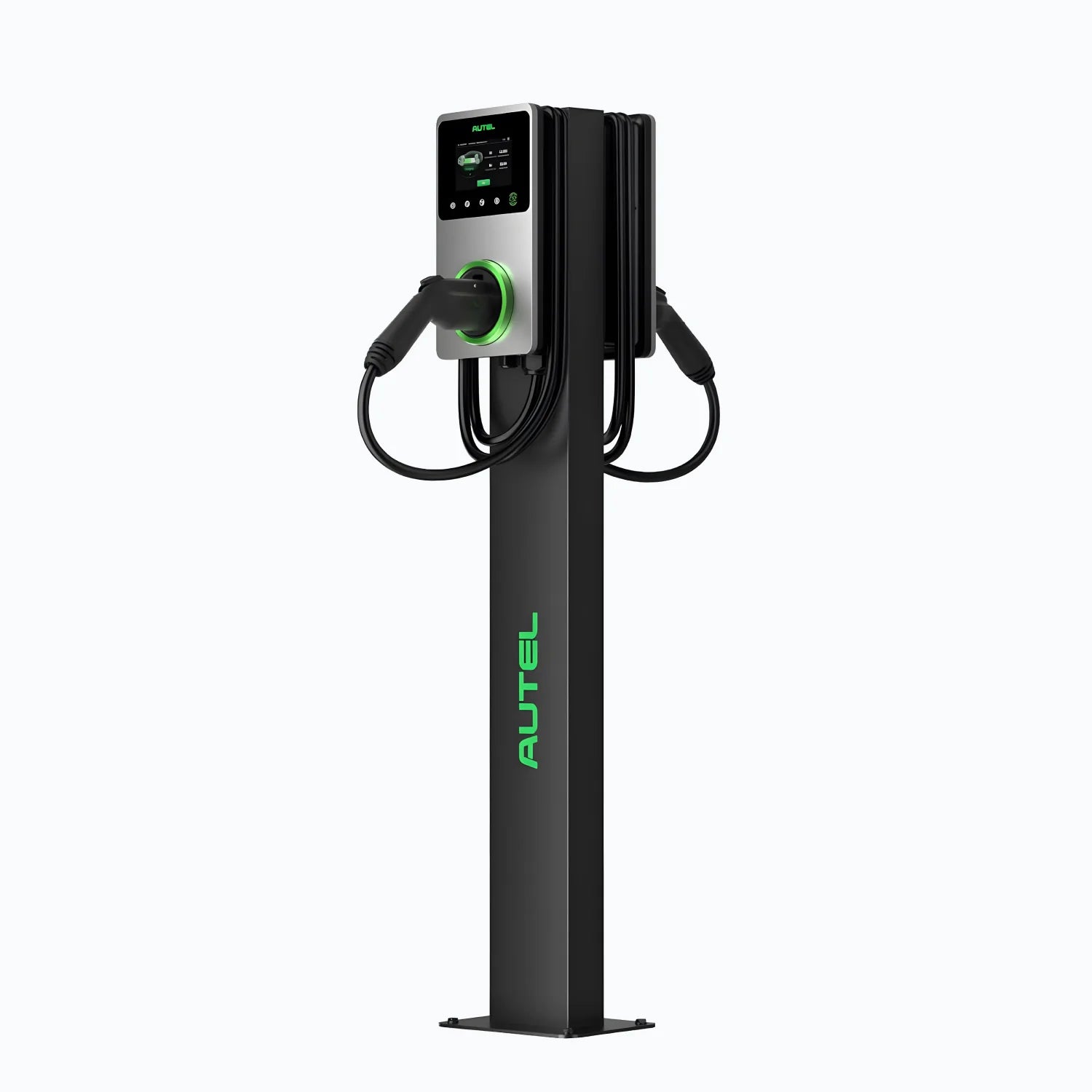
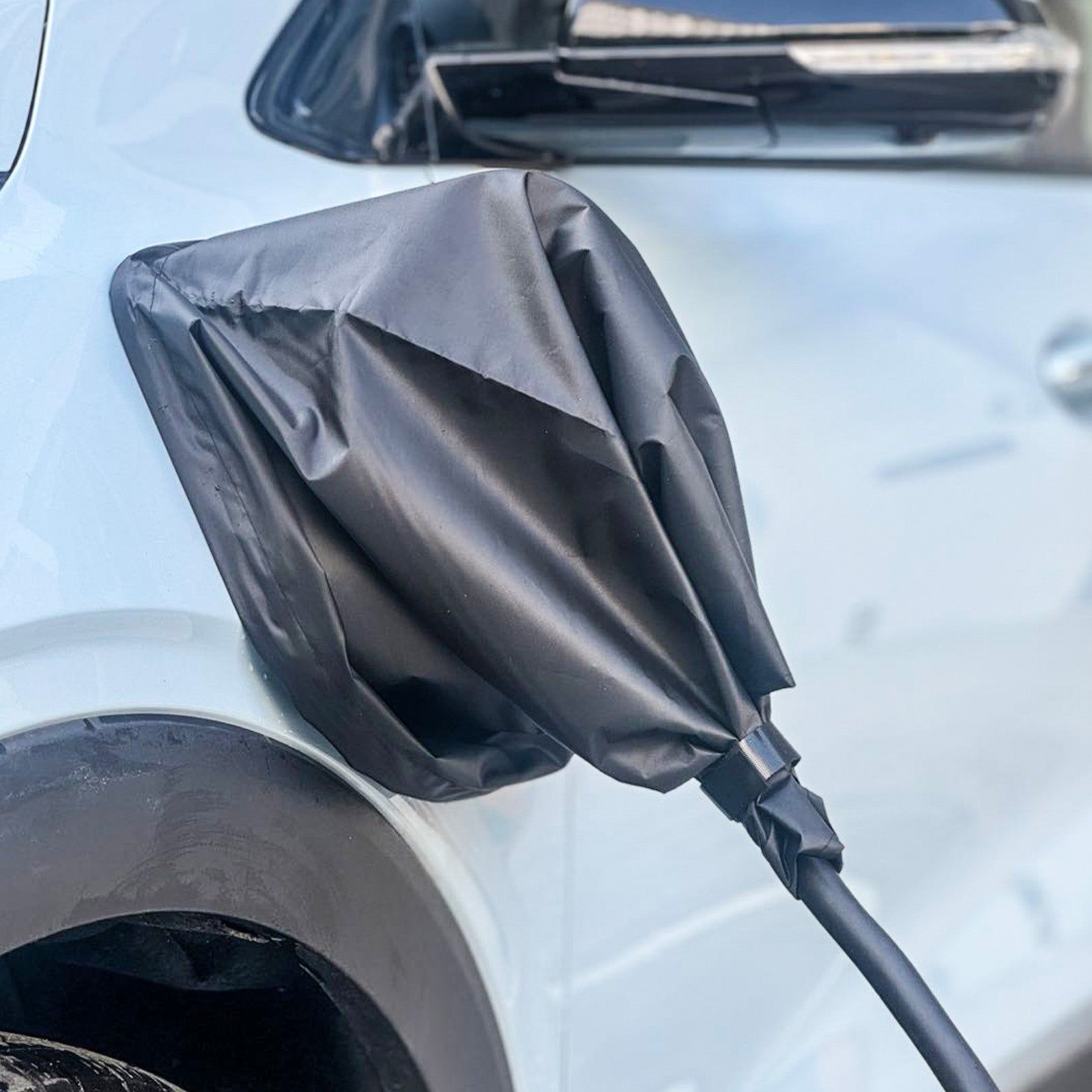
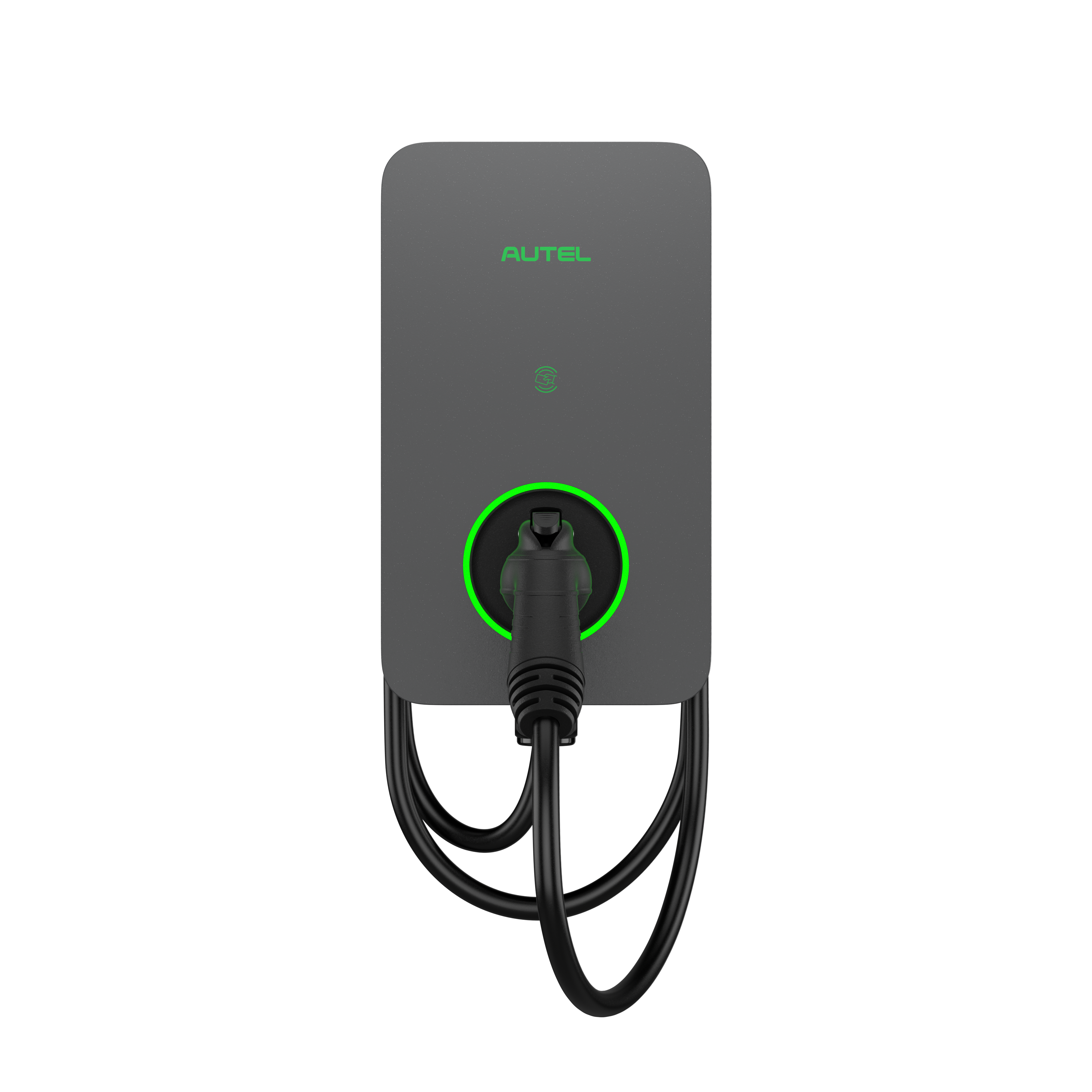
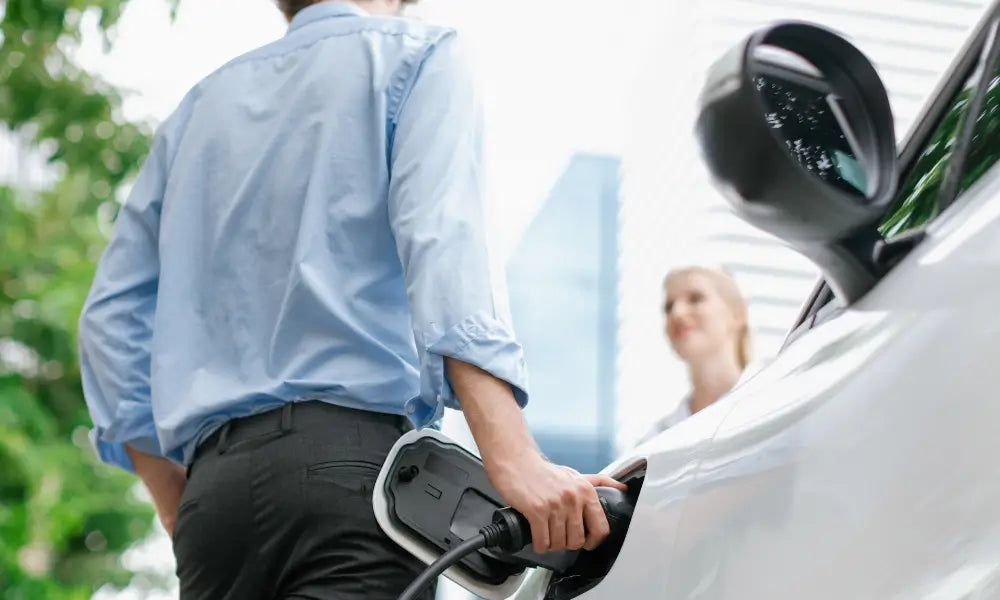
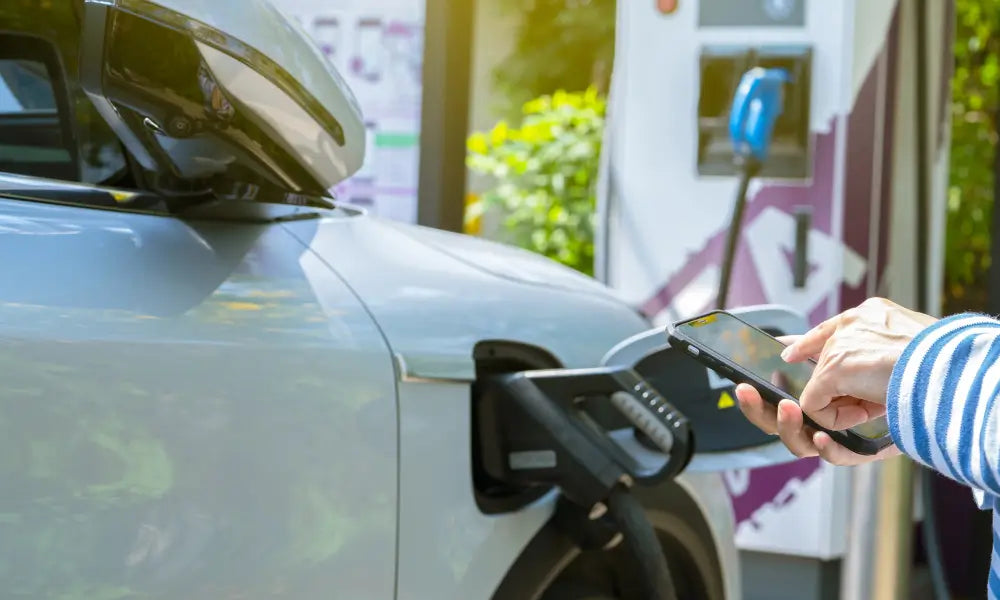
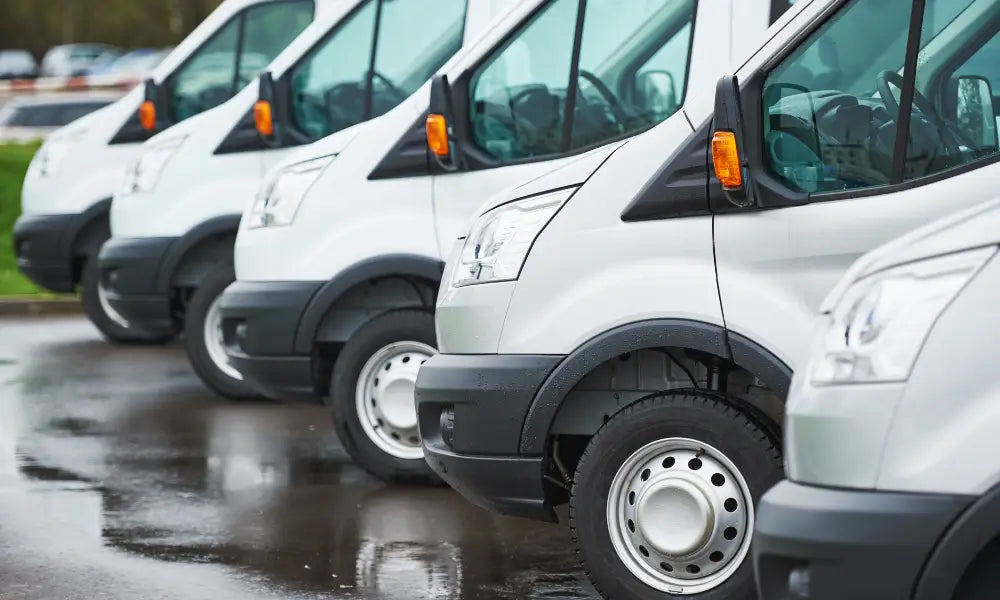
Dejar un comentario
Todos los comentarios se revisan antes de su publicación.
Este sitio está protegido por hCaptcha y se aplican la Política de privacidad de hCaptcha y los Términos del servicio.